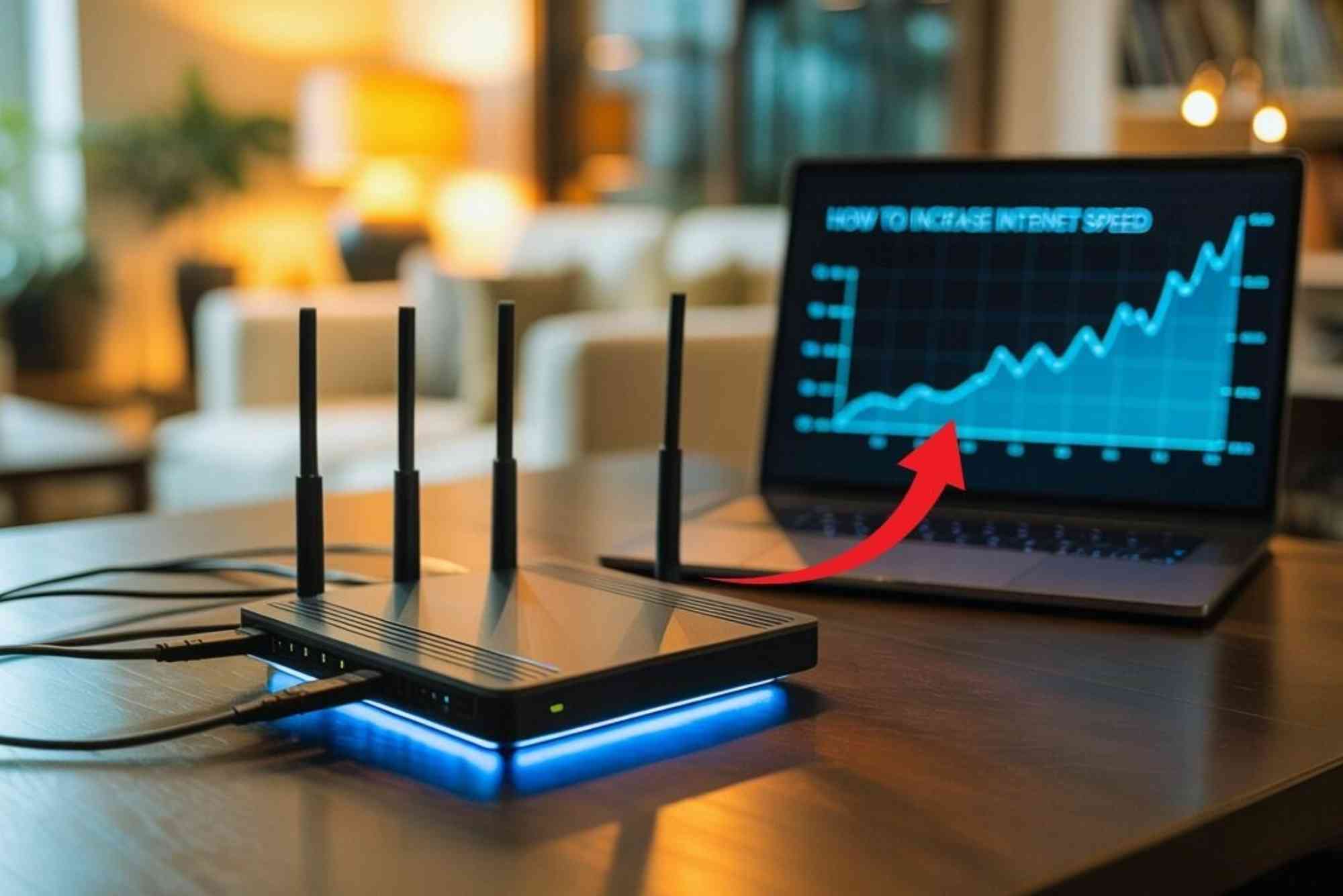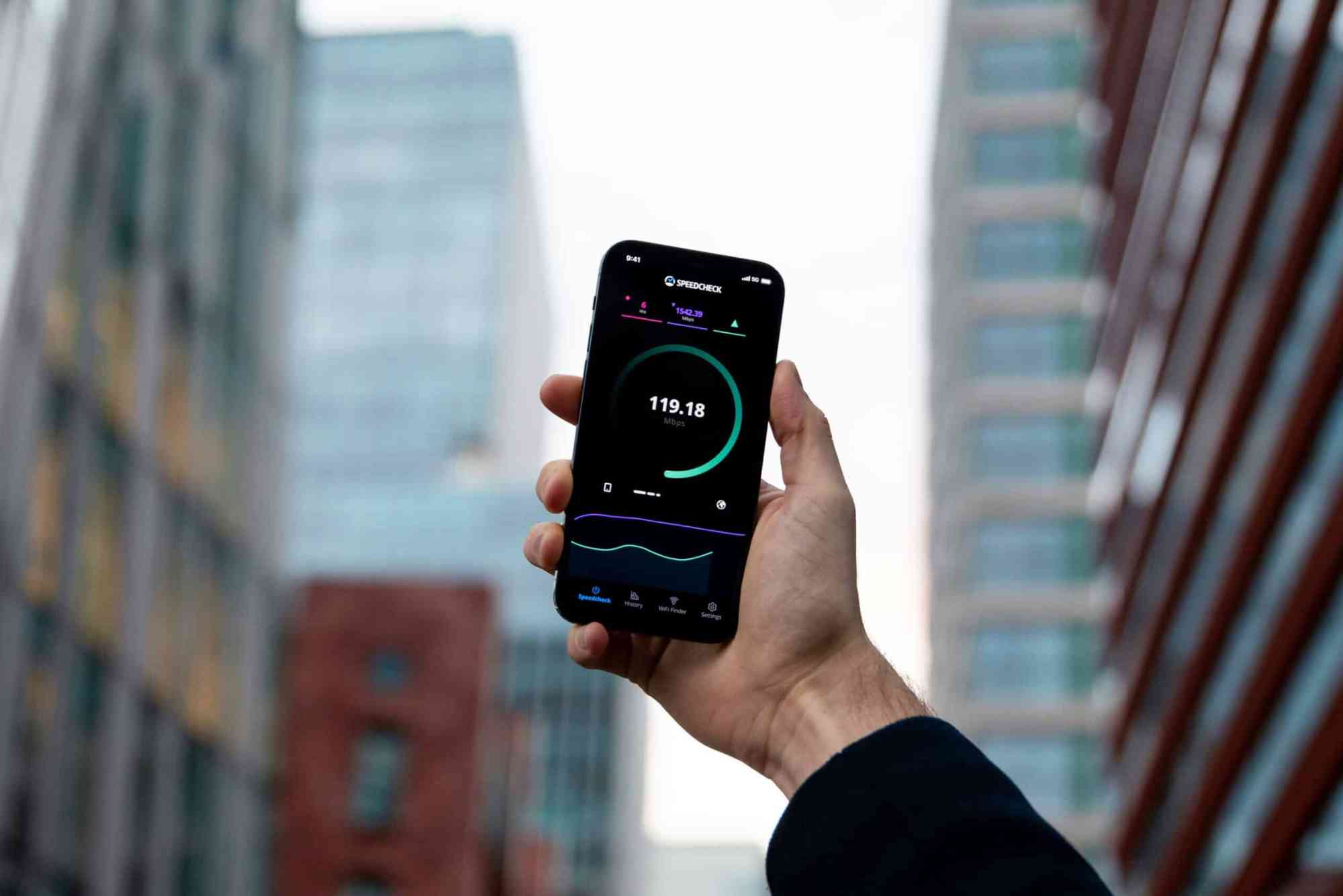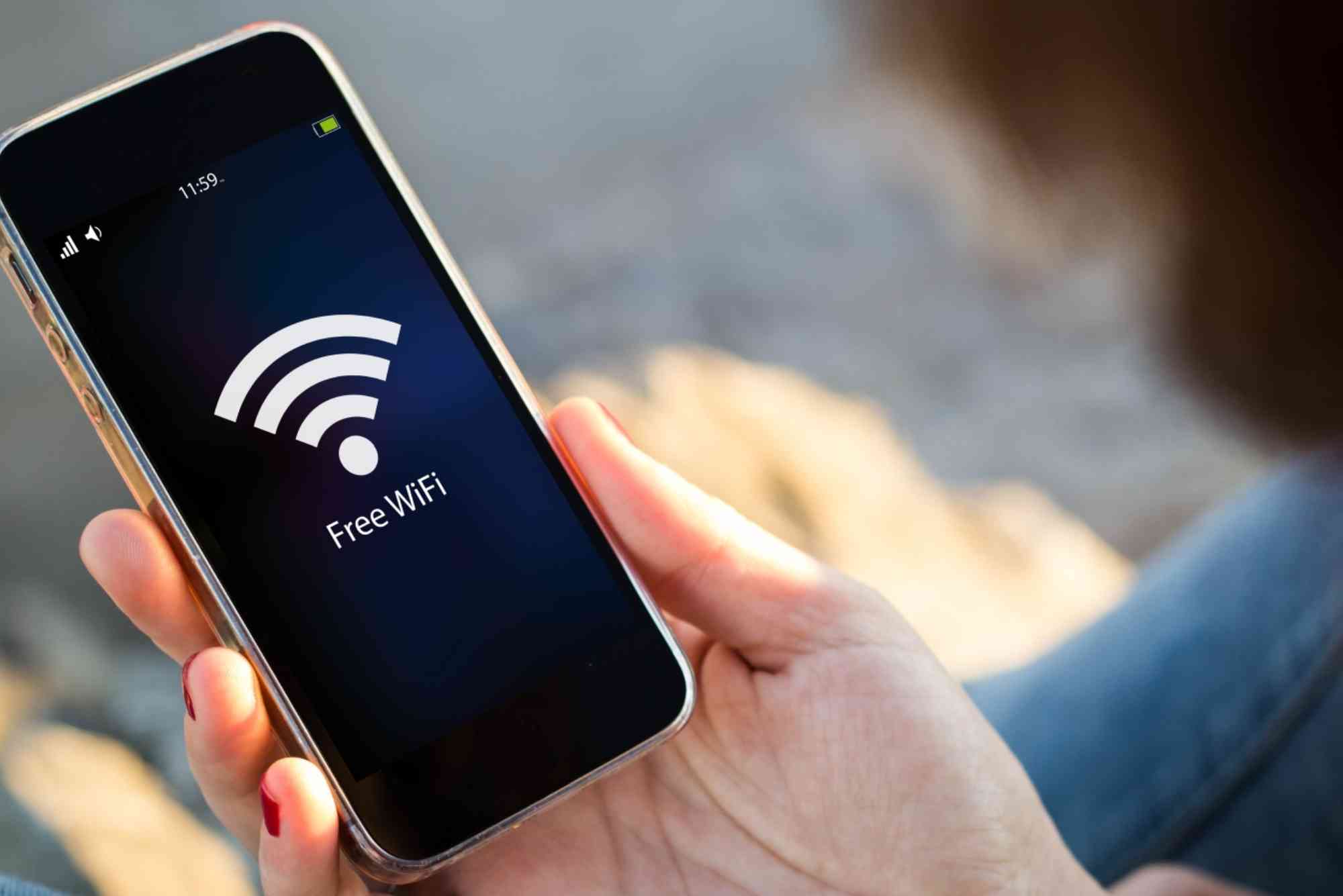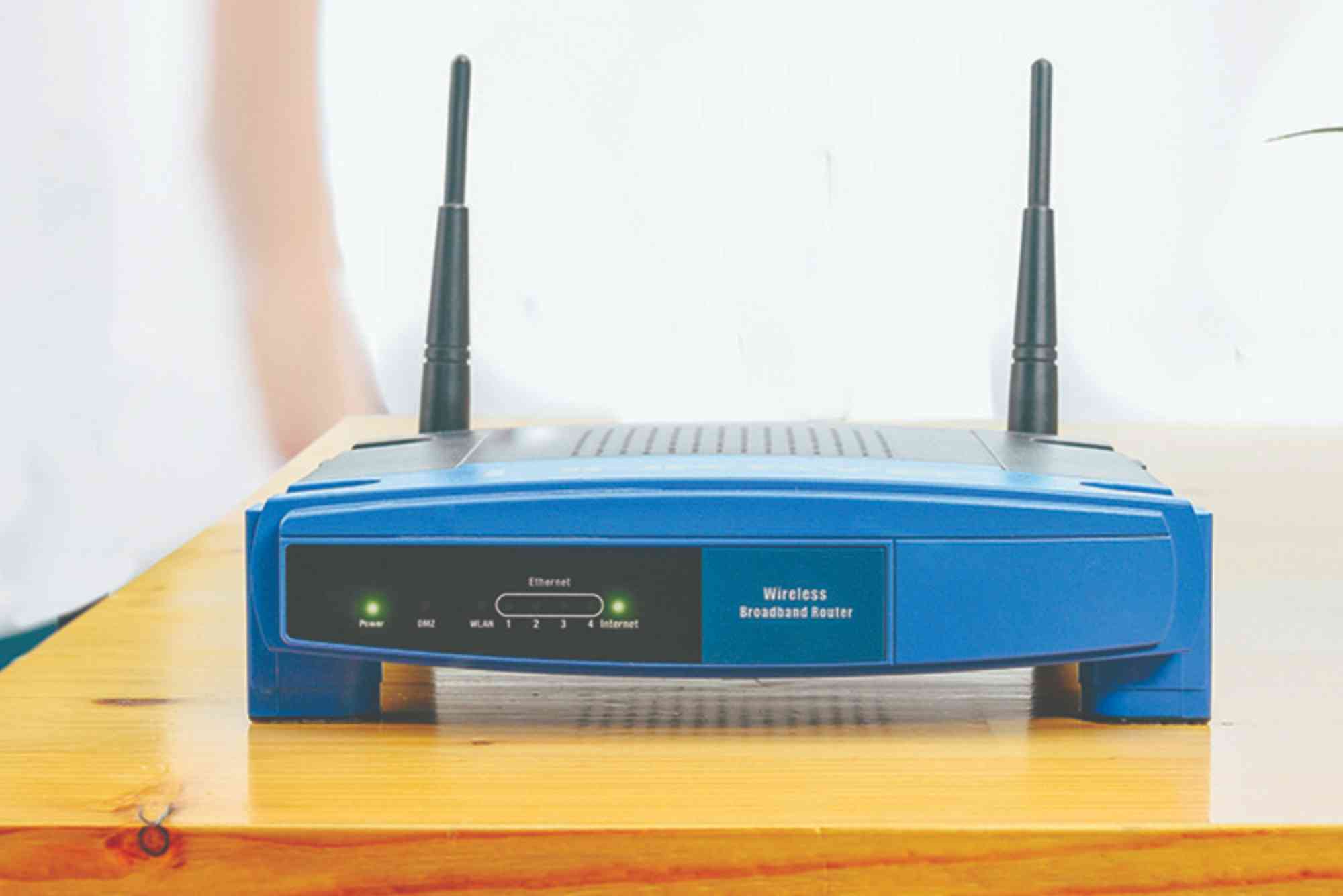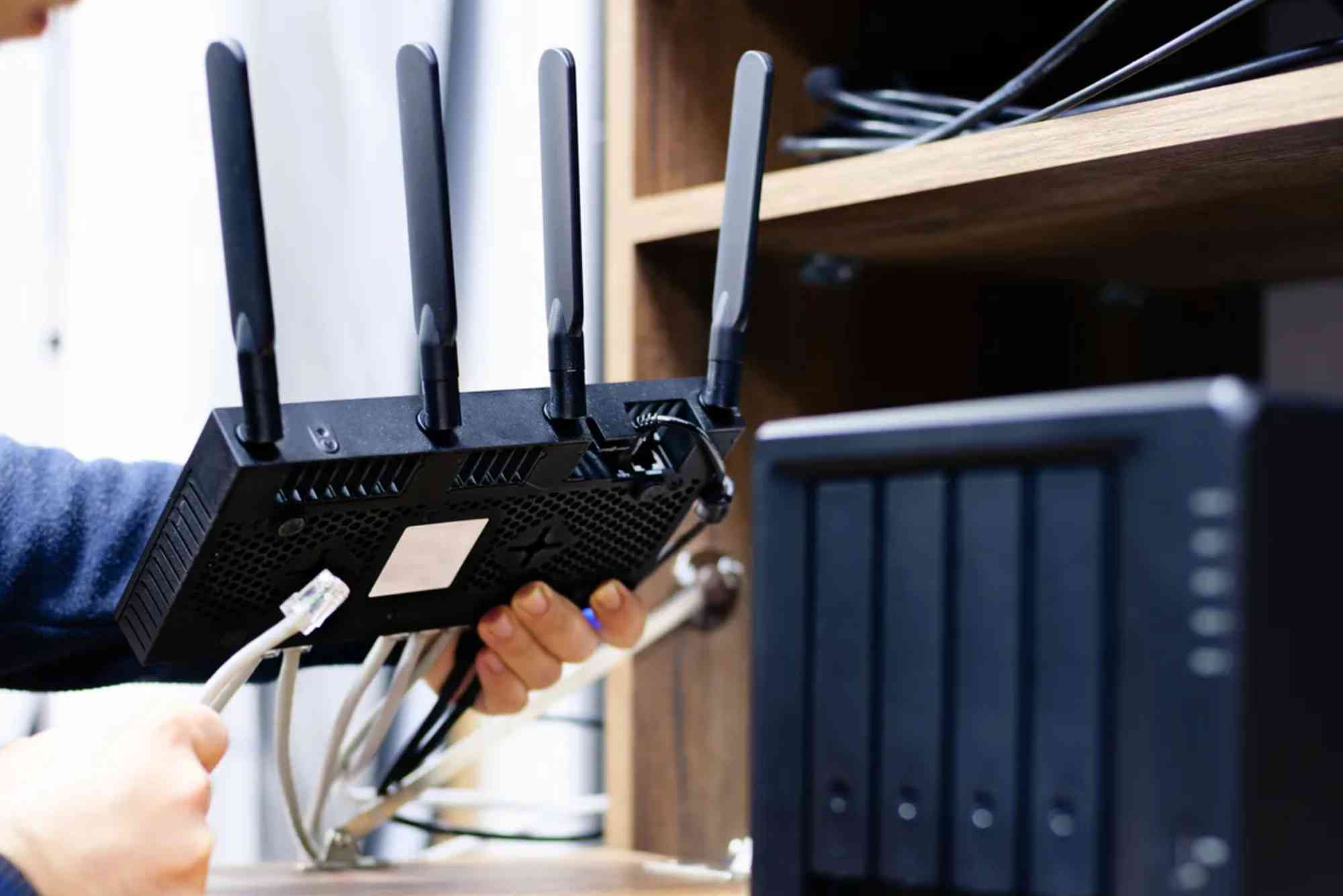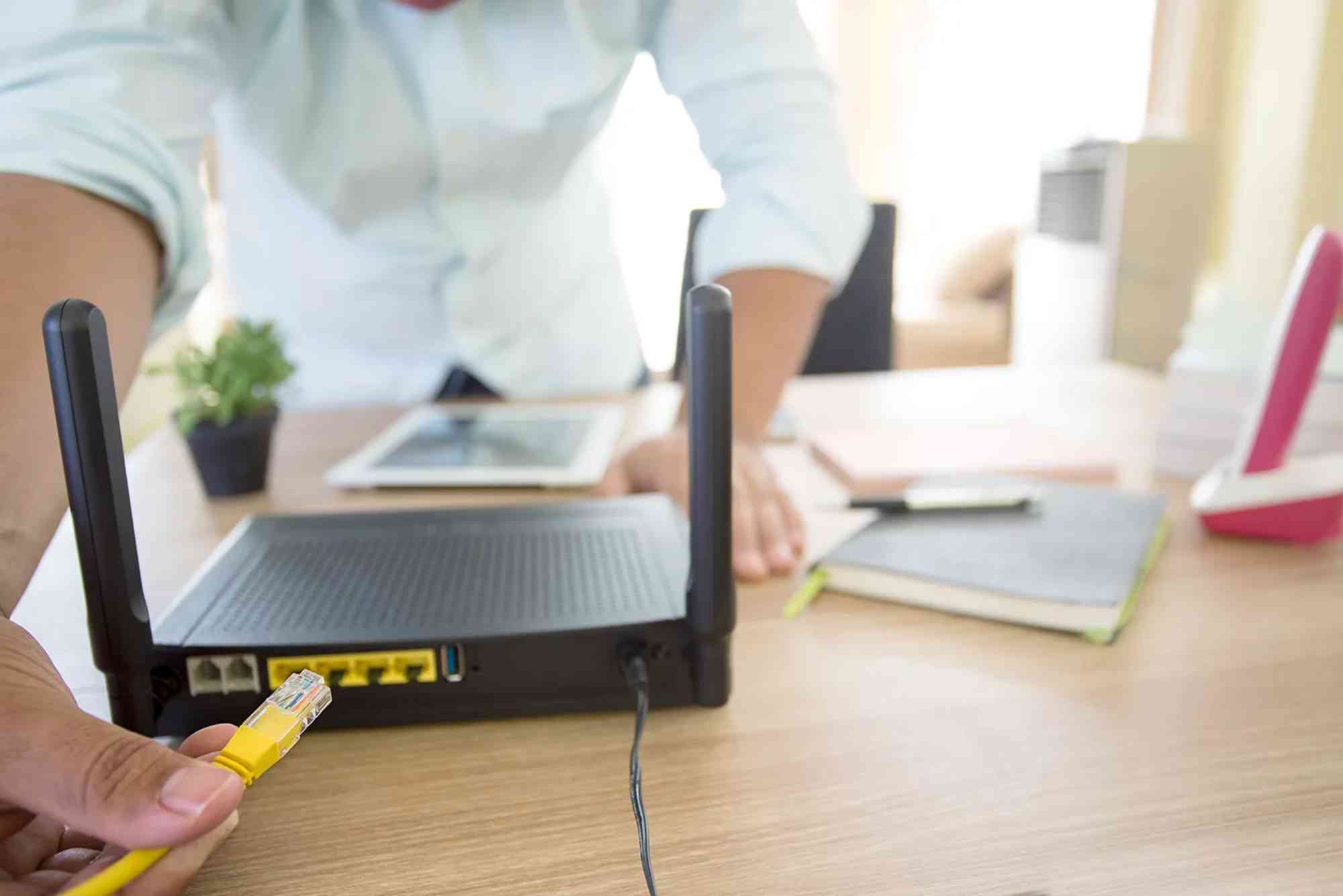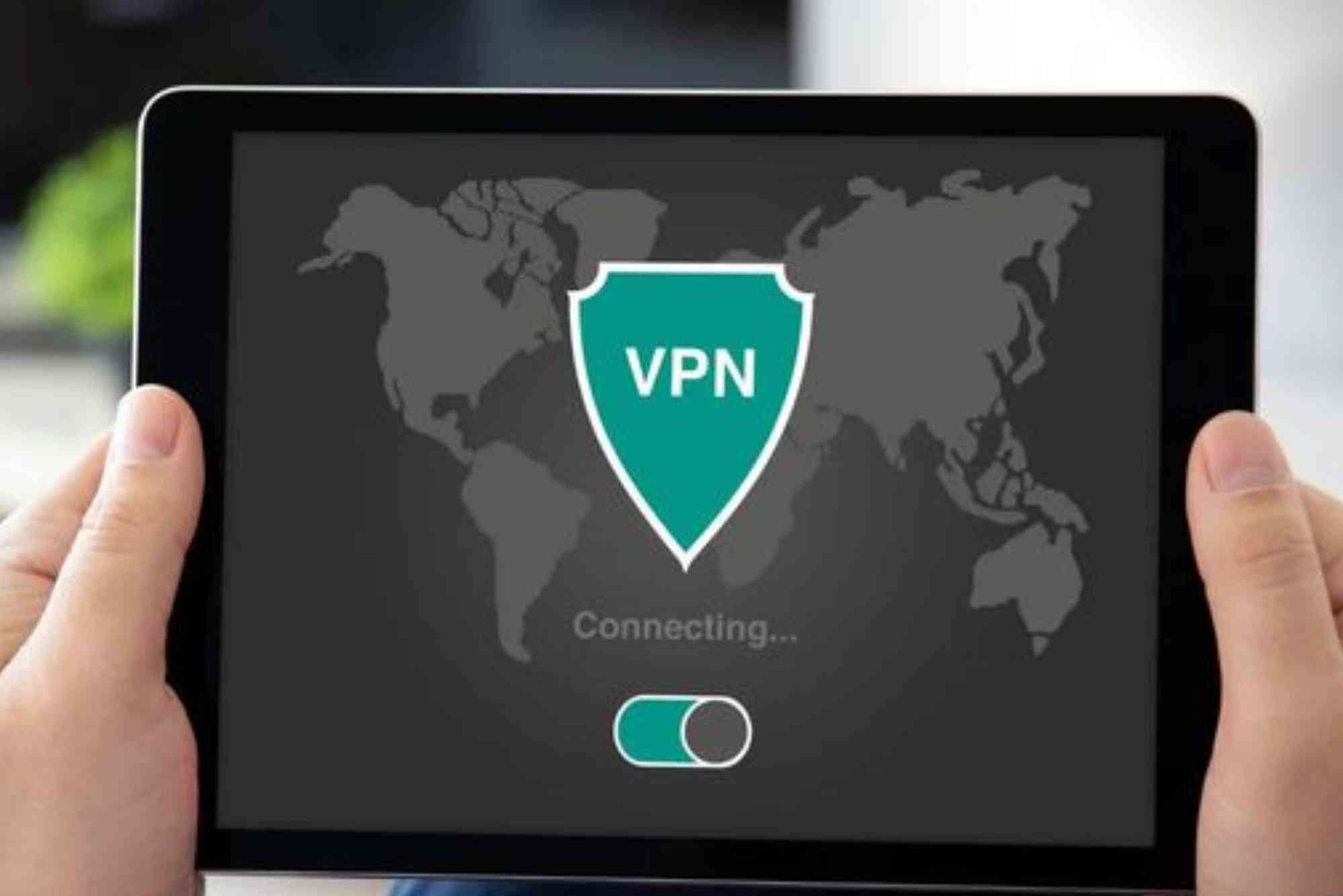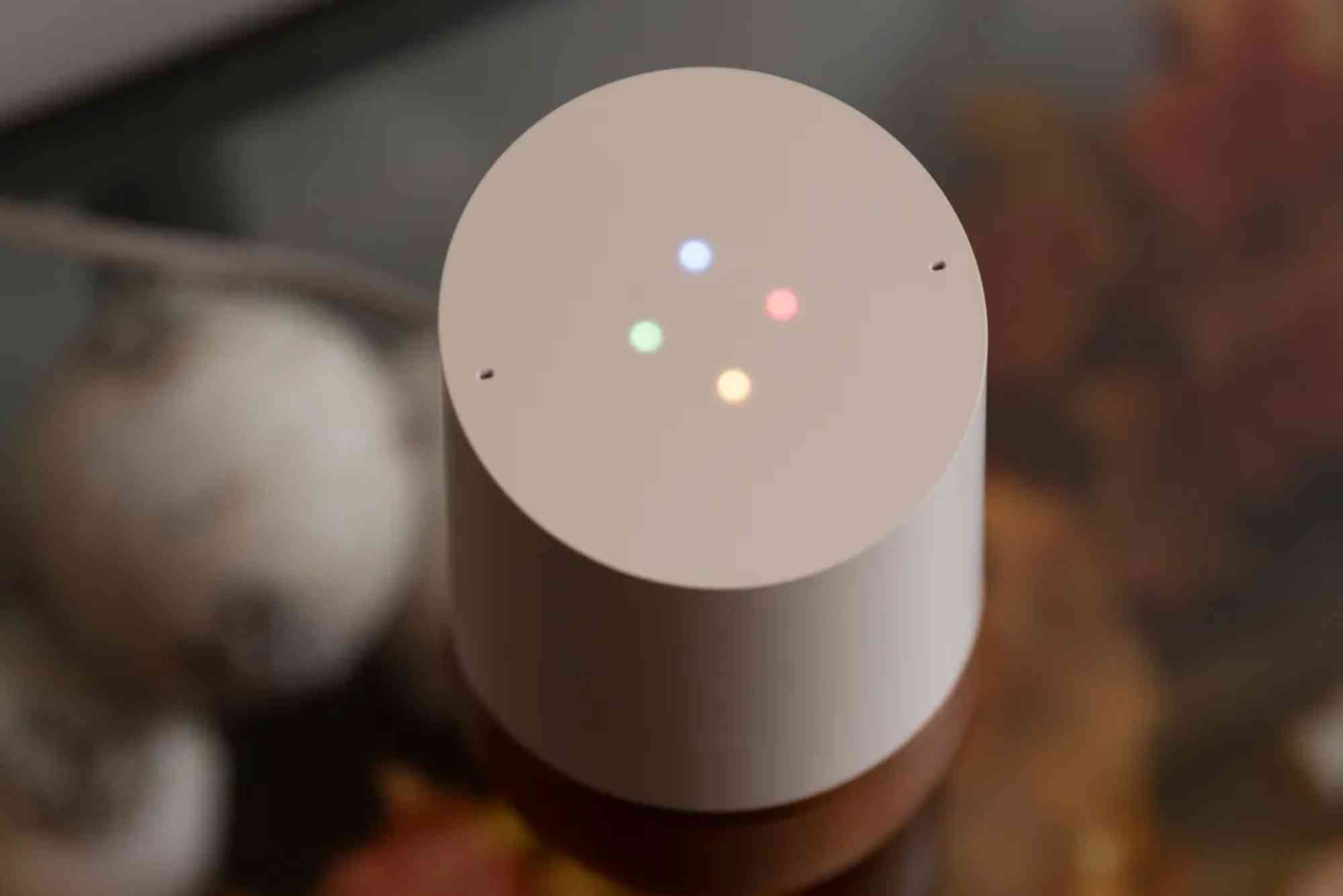Fiber Optic Internet Latency vs Cable Internet: A Detailed Comparison
When comparing fiber optic internet latency vs cable, the choice can be crucial for gamers, remote workers, and streaming enthusiasts. Latency, often called “ping,” refers to the delay in data transfer. A lower latency ensures faster responses, smoother video calls, and better online gaming experiences.
In this article, we’ll explore how fiber optic internet latency compares with cable internet, what factors affect performance, and which option is best for modern digital needs. By the end, you’ll know which service offers the most reliable performance for your lifestyle.
Understanding Latency in Internet Connections
What Is Latency?
Latency measures how quickly a data packet travels from your device to the server and back. It’s measured in milliseconds (ms).
- Low latency (0–40 ms): Ideal for gaming and video conferencing.
- Medium latency (40–100 ms): Works well for browsing and streaming.
- High latency (100+ ms): Causes delays, buffering, and lag.
Why Does Latency Matter?
While download and upload speeds get most of the attention, latency often defines the real-world quality of your internet. For example:
- In gaming, latency determines reaction speed.
- In remote work, latency affects video call clarity.
- In streaming, latency reduces buffering.
Fiber Optic Internet Latency vs Cable Internet
How Fiber Optic Internet Works
Fiber uses light signals transmitted through glass strands. Because light travels faster than electricity, fiber connections experience extremely low latency.
How Cable Internet Works
Cable internet uses coaxial cables, which transmit electrical signals. While reliable, these signals are more prone to congestion and interference, increasing latency.
Latency Performance: Fiber vs Cable
Fiber Latency
- Average latency: 1–20 ms
- Symmetrical upload and download speeds
- No signal interference from electricity
- Handles heavy usage without slowing down
Cable Latency
- Average latency: 15–60 ms
- Upload speeds are slower than downloads
- More prone to congestion during peak hours
- Affected by distance from service nodes
Winner: Fiber optic internet consistently offers lower latency than cable internet.
Real-World Scenarios: Fiber vs Cable Latency
Online Gaming
- Fiber: Lightning-fast ping times make every action responsive.
- Cable: Slight lag may affect competitive gameplay.
Video Conferencing
- Fiber: Crystal-clear calls without awkward delays.
- Cable: Occasional freezing or echo during peak usage.
Streaming
- Fiber: Streams instantly in 4K without buffering.
- Cable: May buffer at peak hours due to congestion.
Cloud Computing and Work from Home
- Fiber: Faster syncing with cloud services and real-time collaboration.
- Cable: Slower uploads can delay large file transfers.
Factors That Affect Latency
Network Congestion
Cable internet often slows when many users in the same area are online. Fiber connections remain steady even during peak times.
Distance to Network Hubs
The farther your data travels, the higher the latency. Fiber’s design minimizes distance-based delays.
Equipment Quality
Outdated modems or routers can increase latency for both fiber and cable users.
Fiber vs Cable: Speed and Latency Together
While this article focuses on fiber optic internet latency vs cable, speed is another critical factor.
- Fiber Speeds: Up to 1–10 Gbps with symmetrical uploads and downloads.
- Cable Speeds: Usually 100 Mbps to 1 Gbps, but uploads are slower.
Combined with lower latency, fiber delivers a superior experience in nearly all scenarios.
Cost Considerations
- Fiber: Often more expensive upfront, but prices are dropping as adoption increases.
- Cable: Widely available and generally cheaper, but higher latency can impact performance.
If low latency is essential for your work or hobbies, fiber is worth the investment.
Reliability and Future-Proofing
Fiber Reliability
- Resistant to weather interference
- Minimal latency fluctuations
- Future-ready for faster speeds
Cable Reliability
- More susceptible to outages
- Latency spikes during peak hours
- Less future-proof than fiber
Choosing the Right Provider
When selecting between fiber optic internet latency vs cable, provider quality matters. Some ISPs optimize their networks better than others.
If you’re in Pakistan, Dhanote Internet Services offers high-speed internet with reliable performance. Their fiber solutions are built to deliver low-latency connectivity for modern users.
FAQs
Is fiber really faster than cable?
Yes. Fiber offers both higher speeds and lower latency, making it faster in real-world usage.
Does cable internet work well for gaming?
Cable can work for casual gaming, but competitive gamers prefer fiber for its lower latency.
Why is fiber latency lower than cable?
Fiber uses light signals, which travel faster and experience less interference than electrical signals in coaxial cables.
Is fiber internet worth the cost?
If you need low latency for work, gaming, or streaming, fiber is absolutely worth the investment.
Can cable internet ever match fiber latency?
While advanced cable technologies reduce latency, fiber still outperforms cable in most situations.
When it comes to fiber optic internet latency vs cable, fiber is the clear winner. Its near-instant response times, symmetrical speeds, and reliability make it superior for gaming, streaming, remote work, and future-proofing your home.
If you want to experience ultra-low latency and reliable internet, consider upgrading to fiber. Explore trusted providers like Dhanote Internet Services for the best internet experience today.

